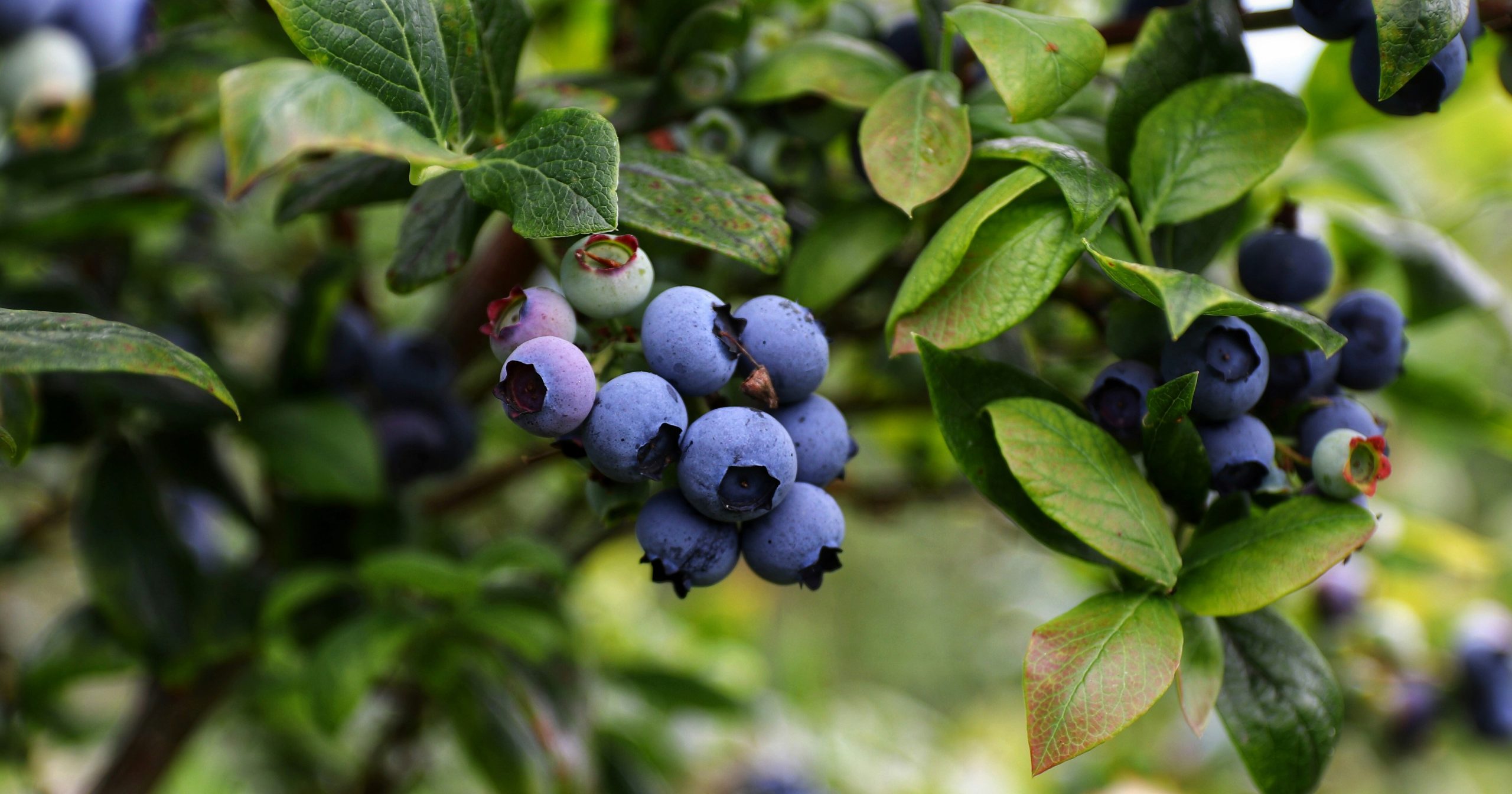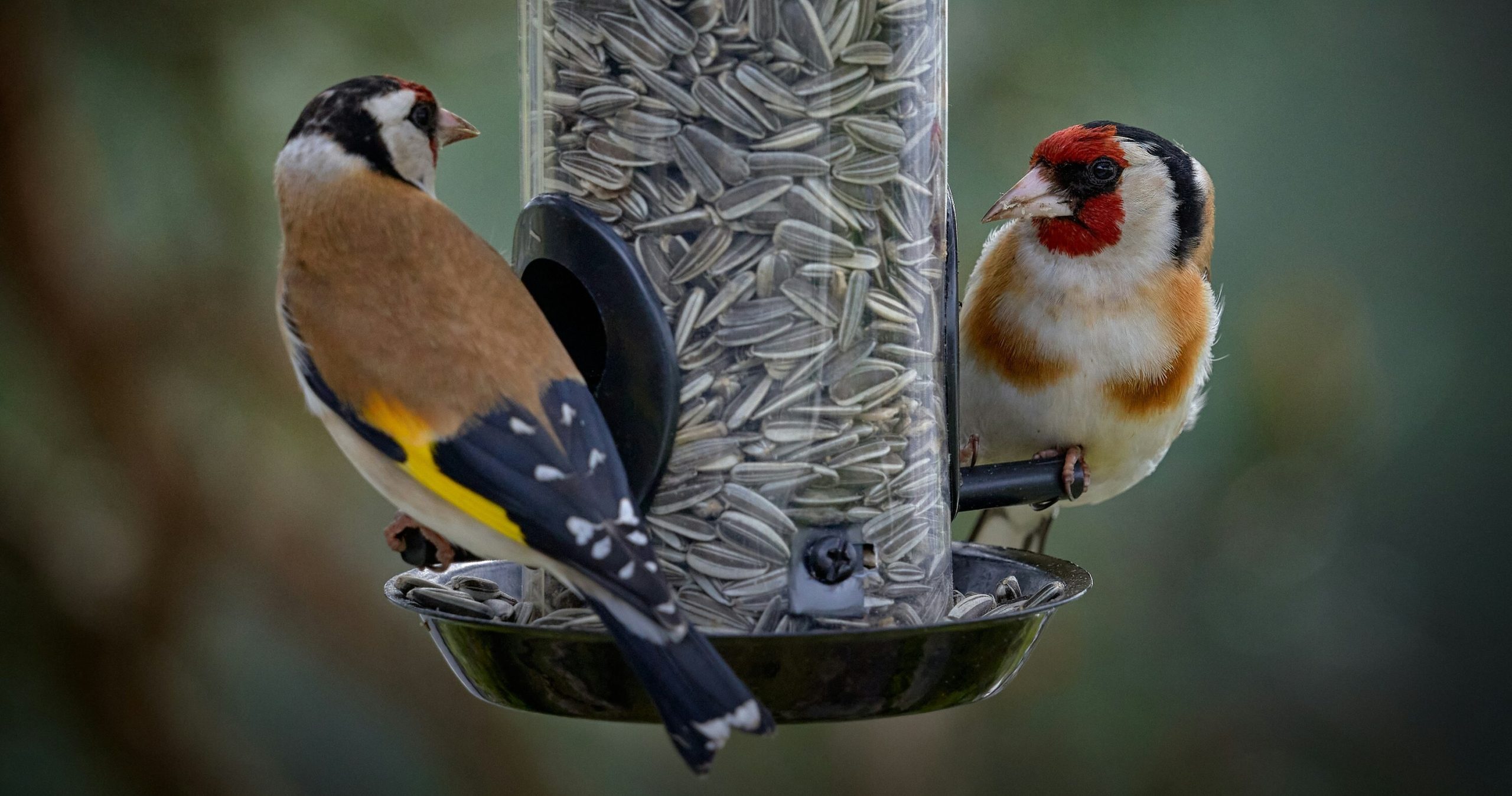Gardeners have a lot to worry about. They have to contend with weather conditions, such as rain, sunlight, and temperature fluctuations, as well as neighborhood animals like rabbits, moles, or even deer who might try to use their garden as an all-you-can-eat buffet. One of the toughest battles gardeners have to face, however, come in the smallest packages: pests. In this article, we’ll talk about how to attract ladybugs to your garden to help get rid of unwanted pests.
When pests enter your garden, they can destroy everything in their path before you even have a chance to stop them. It is no surprise, then, that most dedicated gardeners work very hard to prevent bugs from taking up residence in their flower beds and vegetable patches.
There are some bugs, however, that are highly beneficial to your garden. One of these critters is the humble ladybug.
Read More: How To Attract Praying Mantises To Your Garden
How are Ladybugs Beneficial?
Ladybugs, also known as lady beetles or “ladybird beetles”, are excellent at pest control, because their primary food source is aphids. Don’t confuse them with tortoise beetles though, those are a pest!
If you’re a gardener, you are most likely familiar with aphids- the tiny, soft-bodied insect that feeds off of plant sap. In particular, they like to feed on flower buds and fruit, which can distort this part of the plant and ruin it. Even just a few aphids can destroy one plant.
While adult ladybugs do consume these nasty little pests, it is actually their larvae that are the most effective pest-controllers. Ladybug larvae are insatiable feeders and consume massive amounts of aphids every day.
The problem, however, is that since they look nothing like their adult form, many gardeners mistake them for pests and try to get rid of them. Ladybug larvae are very tiny and are spiny and almost alligator-like in appearance. Although they lack visual appeal, they are the ones you want populating your garden.
That does not mean, however, that you don’t also want adult ladybugs in your garden. The more female adults you have, the more larvae you will have. Considering that a female ladybug produces around one thousand eggs every season, you want to attract them to your garden to start building a massive, pest-fighting army.
Ladybugs will also eat other insects, like mealybugs, spider mites, and the eggs and larvae of a number of larger insect pests such as the Colorado potato beetle.
Not All Ladybugs are Created Equal
While you may think that all ladybugs are the same, there are actually many different species of beetle. There are some types, for instance, that are herbivores, and so they feed on crops like corn, spinach, and soybeans. These, of course, are not the ones you want in your garden.
The Asian species, Harmonia axyridis, tend to be the most aggressive predators, however, they also enjoy the warmth and are more likely to try to get into your home than other species. The Hippodamia convergens is an American native species that are also highly effective at pest control, and they may be better for your garden and the environment.
Of course, you may not be able to tell which type of ladybug you have in your garden, but this information might be beneficial if you are purchasing ladybugs (more on that later).
How to Attract Ladybugs to Your Garden
If you want to entice ladybugs to take up residence amongst your plants, you need to make your garden an attractive home for them. This means avoiding the use of chemical sprays, like insecticides and herbicides- even if they’re organic.
While ladybugs aren’t typically affected by chemical sprays, they don’t particularly like them, either. If you currently use sprays on your garden, you will need to stop spraying for around five or six weeks before you might see some ladybugs return.
One sure-fire way to attract more ladybugs to your garden is to attract more aphids. While it may seem counterintuitive to want to try and bring more aphids to your garden when your goal is to be rid of them, ladybugs will follow their food source.
Roses, Nasturtium, and pot marigolds are aphid-prone plants, and planting cabbage, lettuce, radish, tomatoes, and potatoes will attract them to your vegetable garden.
Ladybugs don’t just eat aphids and other soft-shelled insects. They also enjoy plant nectar and pollen, especially when they’re growing. There are many plants that will attract ladybugs, and they include:
Purchasing Ladybugs
If you are still having trouble attracting ladybugs to your garden, you have the option of purchasing them. It is inexpensive and can be a helpful way to get the ball rolling.
The ladybugs that you purchase are always collected from the wild. Once you bring them home, you should immediately spray some water into the bags and put them in the refrigerator. This will prevent them from becoming dehydrated and will slow them down if they’ve been agitated during travel.
Ladybugs can be stored in the fridge for up to three months. Some of them will die, but most of them will recover quickly once they are introduced into the garden. You should only release a few thousand ladybugs into your garden at a time. If you do it all at once, and they don’t stick around, then you’ve lost your entire population.
Your garden should be well-watered when you introduce the beetles, and it is best done in the late evening when the darkness and cool temperatures will keep them from flying away.
It is very important that your garden has been made insect-friendly before you introduce the ladybugs, or else they will fly off somewhere more appealing to them.
Some gardeners use different techniques to keep their ladybugs from flying away, such as spraying them a solution of equal parts soda and water. The sugar sticking to their outer wings will temporarily disable their flight, which may keep them there long enough to lay at least one batch of eggs. The practice doesn’t harm them, and the solution will wear off in a week or two.
Another trick is to cover a plant that is infested with aphids with a cloche. This will keep the ladybugs inside the covering, and as long as they’re feeding on bugs they’ll be happy, and will likely drop a few eggs before taking off.
The Beneficial Bug
Bugs often get a bad rap in gardens, but there are some that can do your plants a wealth of good. As always, when you’re considering trying a new technique in your garden, be sure to head over to your local garden shop and consult with the experts. They will have knowledge specific to the area in which you live and will be able to direct you to where you can purchase ladybugs if that is the route you have chosen to take.
We hope this guide on how to attract ladybugs to your garden yields better harvests for you! Happy gardening.
Read next: One Dragonfly Can Eat Hundreds Of Mosquitoes Daily. Here’s How To Attract Them













